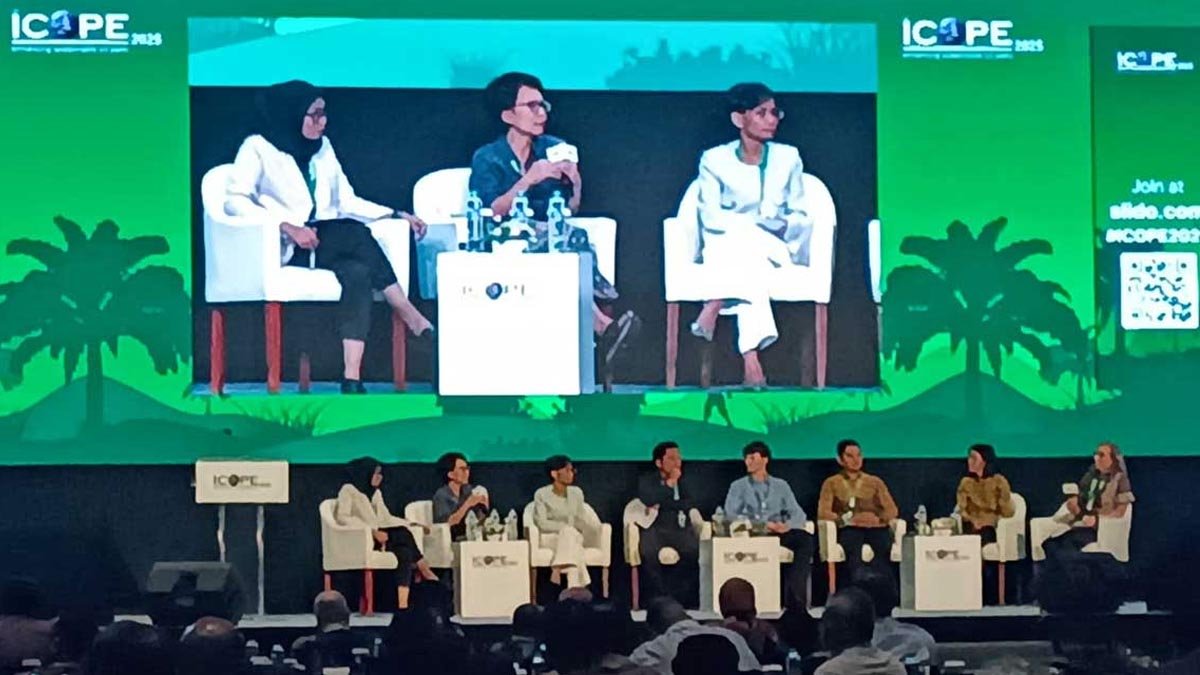PALMOILMAGAZINE, JAKARTA – Sonya Dewi, Asia Director at the Center for International Forestry Research and World Agroforestry (CIFOR-ICRAF), highlighted the challenges and opportunities in agricultural expansion, particularly in oil palm plantations and sustainable landscape management in Asia, with a focus on Indonesia. Speaking at the 7th International Conference on Oil Palm and Environment (ICOPE) in Bali on Thursday (Feb 13, 2025), she emphasized that forest conversion and land degradation remain key concerns for ecosystem sustainability.
Sonya stressed the need for balancing socio-economic benefits with environmental conservation. “The global debate on land expansion continues. In Indonesia and other regions, land-use competition presents a unique challenge that must be addressed wisely,” she stated at ICOPE, as reported by Palmoilmagazine.com.
She further explained that land-sharing is a more effective approach than land-sparing, especially in densely populated areas with high land competition. Land-sharing integrates multiple agricultural activities, including oil palm plantations and forestry, within the same area, promoting a more inclusive land-use strategy. “This is where agroforestry plays a crucial role in boosting economic impact while maintaining social and ecological benefits,” she noted.
Also Read:
According to Sonya, agroforestry offers advantages at both the plot and landscape levels. At the plot level, agroforestry enhances productivity compared to monoculture oil palm systems. A diverse range of crops and commodities reduces economic risks while improving food security.
At the landscape level, agroforestry contributes to soil fertility and underground biodiversity. “We often discuss above-ground ecosystems, but what happens below the surface is just as crucial. Soil microorganisms play a key role in maintaining fertility and ecological balance,” she added.
Moreover, agroforestry helps prevent further deforestation. “When managed properly, agroforestry can ease pressure on natural forests. This is an indirect but highly significant effect,” Sonya explained.
As an example, she cited a project in North Sumatra, where agroforestry integration successfully improved land productivity while preserving the environment. “We have seen firsthand how this approach benefits both agriculture and conservation,” she concluded. (P2)
